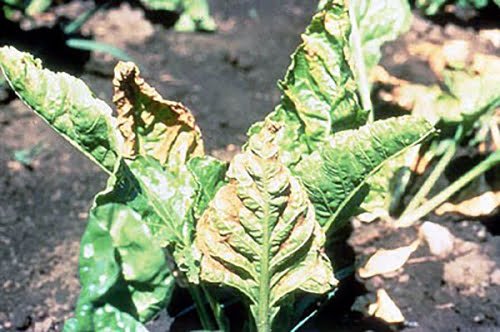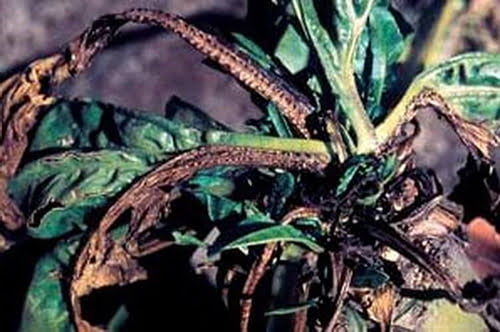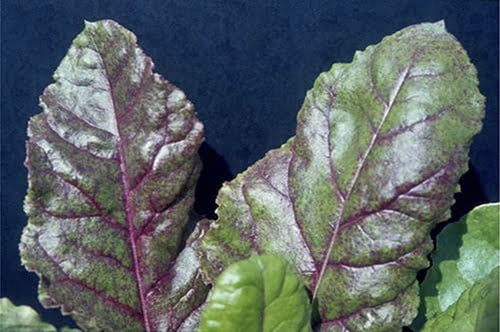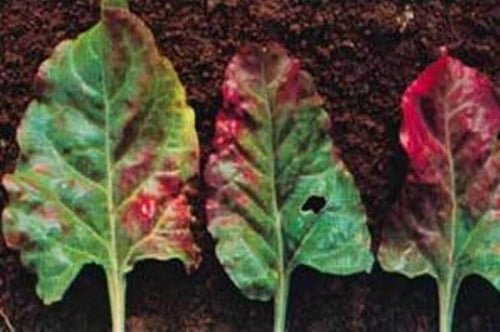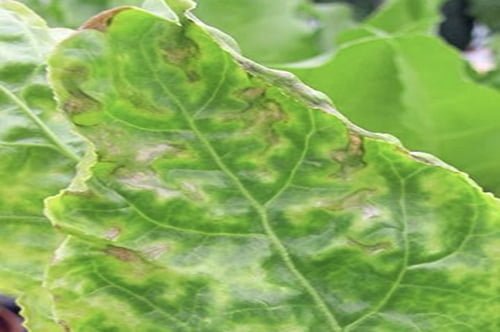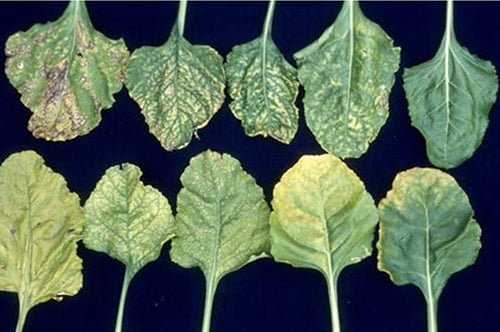Sugar Beet Farming
Products
kg/Da
Super Economic Proposal
Products
kg/Da
What if sugar beet is not fed sufficiently?
If sugar beet cannot get sufficient nutrients from the soil during its growth, it may show the following signals.
Potassium (K) deficiency:
Potassium is an important nutrient for transporting sugar, which is necessary for plant health and for converting sugar into starch and oil. In potassium deficiency, the leaves begin to curl inwards and the outer parts turn yellow and become dry. The leaves become green with a blue tint, and as it is illustrated in the image, yellow and brown colors may be observed among the leaf veins. In the advanced levels of deficiency, these dry and yellowing symptoms are replaced by a dark brown color.
Phosphorus (P) deficiency:
Sugar beet is one of the plants that needs the most phosphorus compared to other plants. The noticeability of phosphorus deficiency starts from the germination period. Growth lags may occur and the height stays below normal. The most visible difference in phosphorus deficiency is that the leaves are covered with spots that can vary from red to black.
Magnesium (Mg) deficiency:
The symptoms of magnesium deficiency firstly begin to appear on the old leaves. The yellowing that starts to be observed from the edges of the leaf moves towards the leaf blade and according to the rate of deficiency, the green color remains only in the leaf veins and its surroundings. In the following process, brown spots on the leaf blade, dryness and holes come forth.

